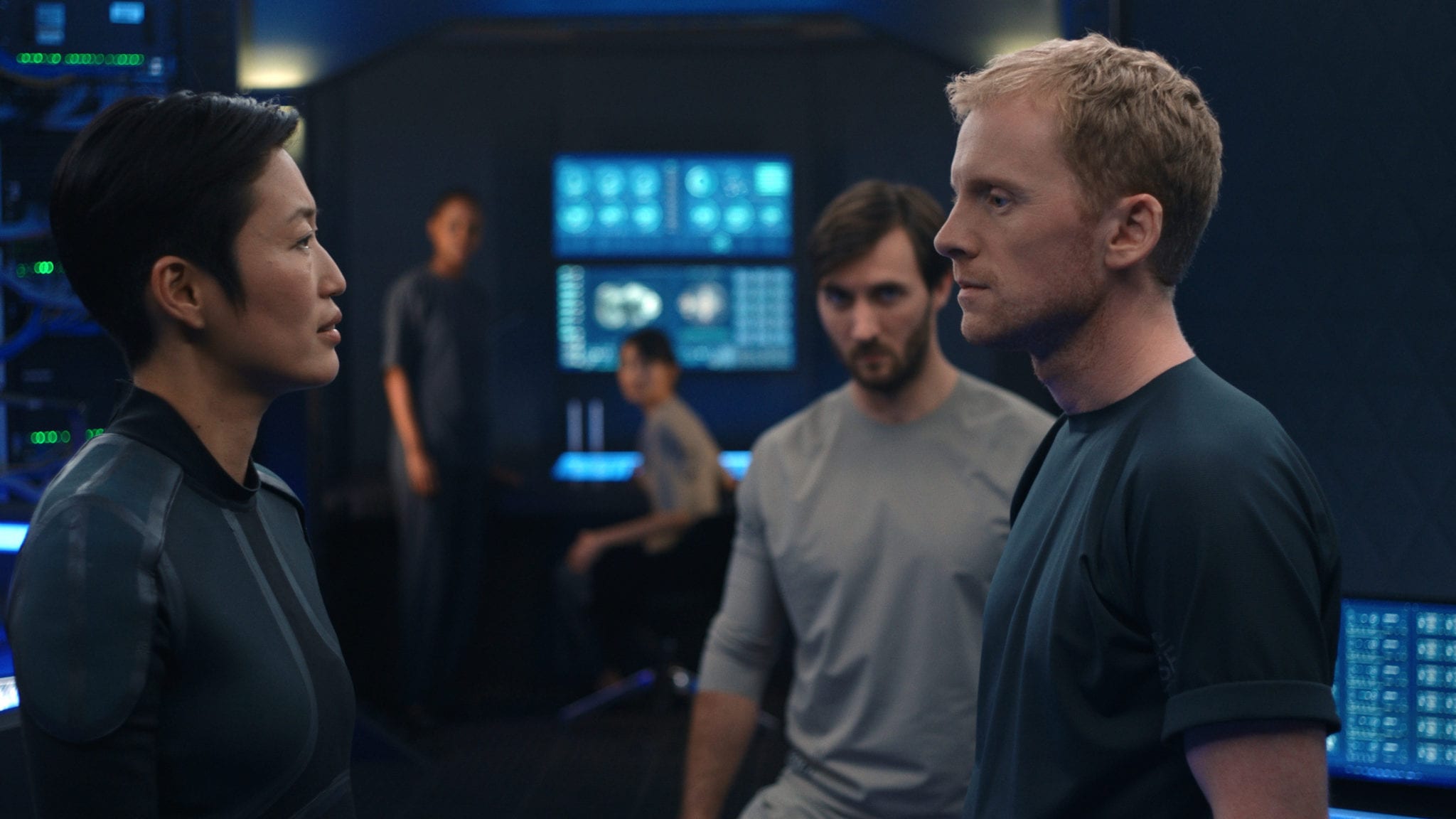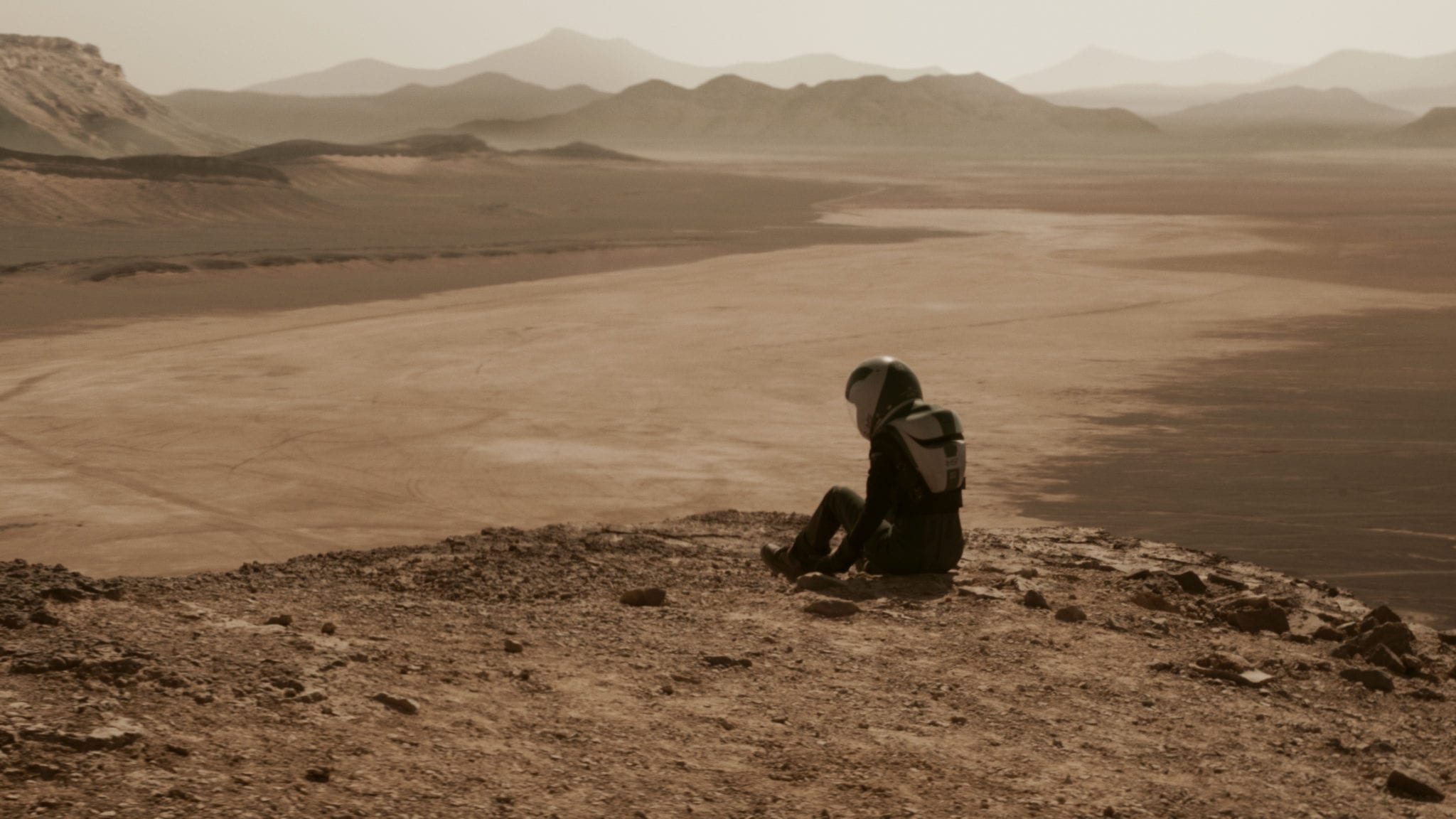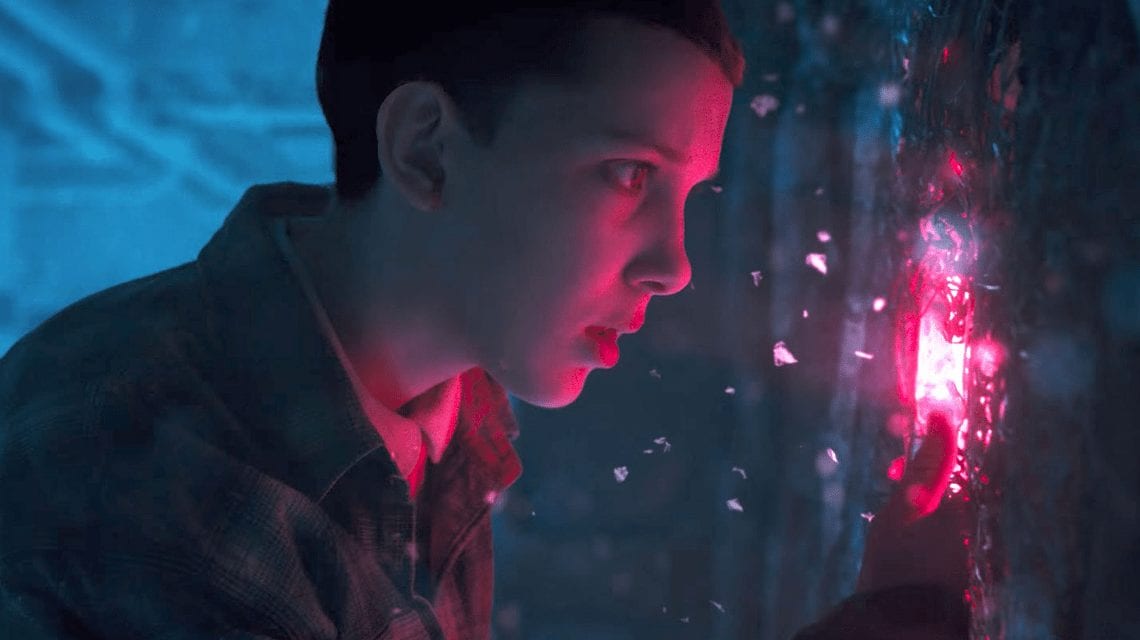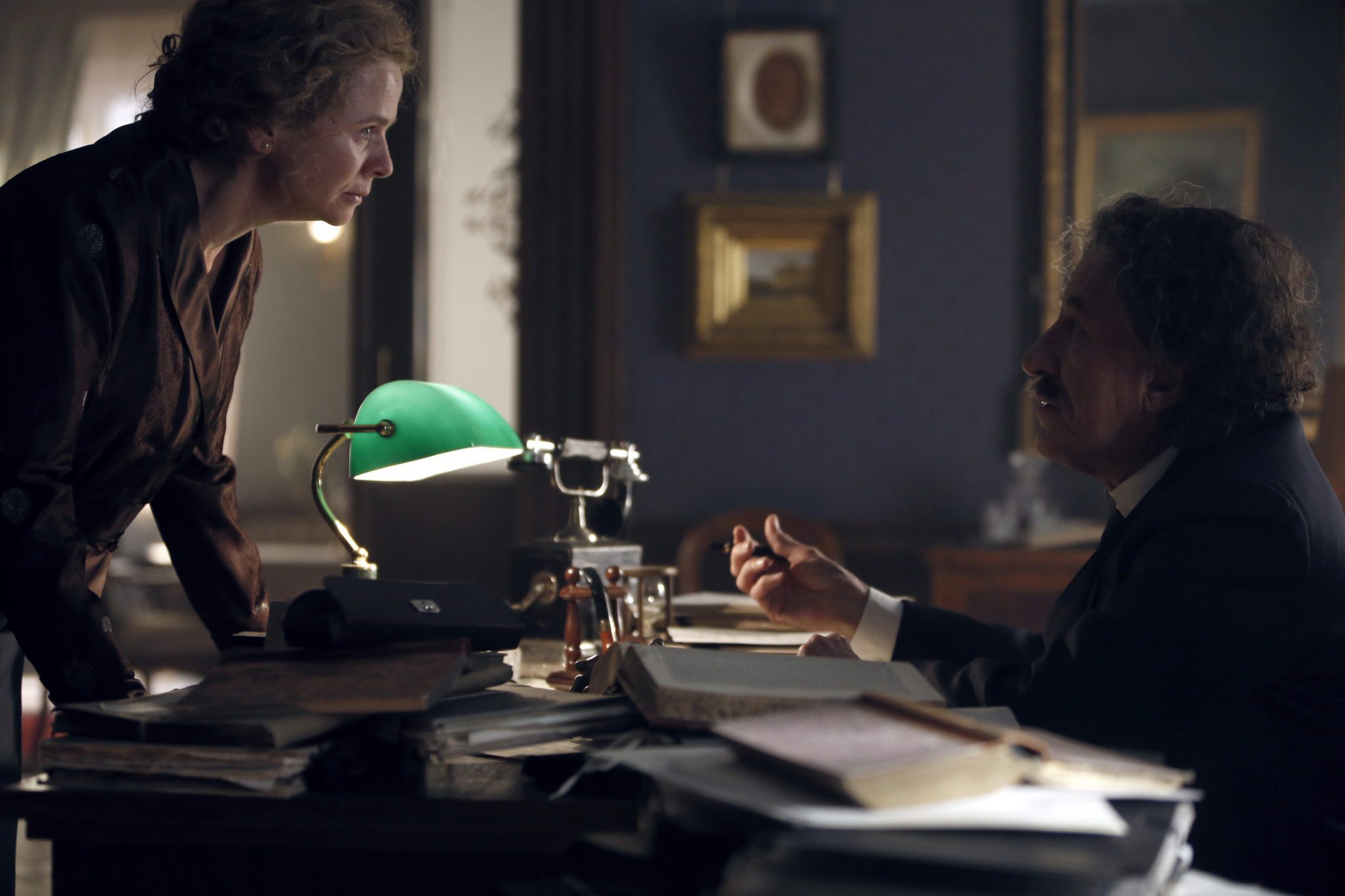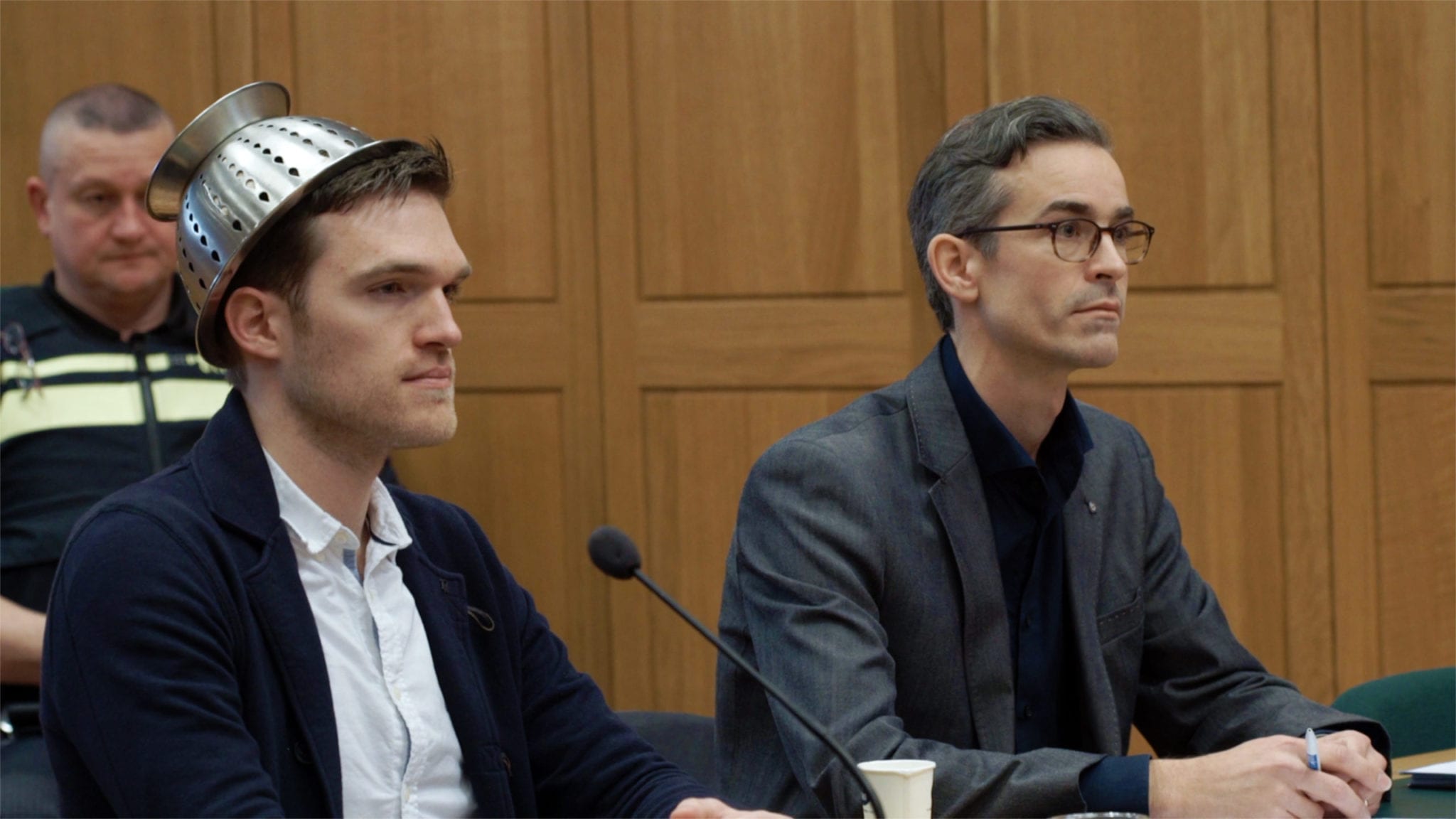
I, Pastafari: A Flying Spaghetti Monster Story
What makes a religion? Do all worldviews have the same validity? How are we to judge? Those are all worthy questions for consideration. I had hopes that I, Pastafari: A Flying Spaghetti Monster Story would provide some insight to those issues, but in the end I was disappointed. This rather brief film (56 minutes) centers…

